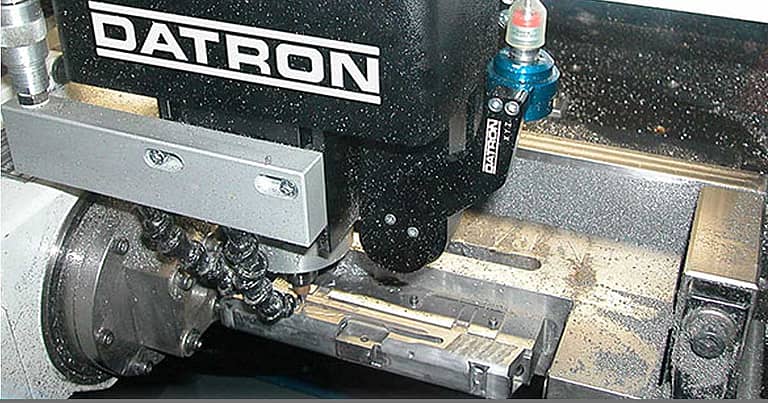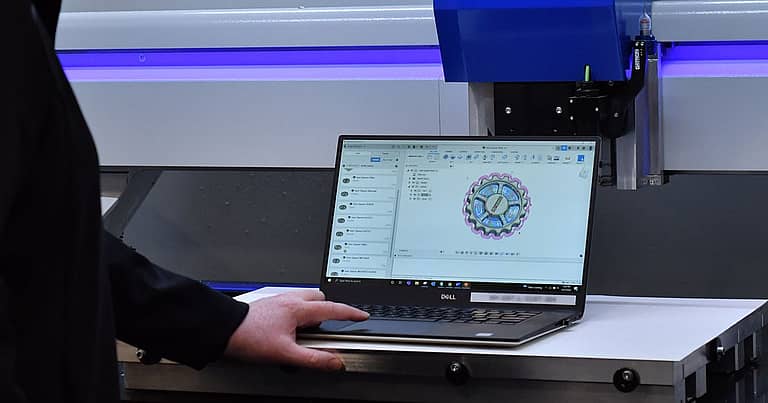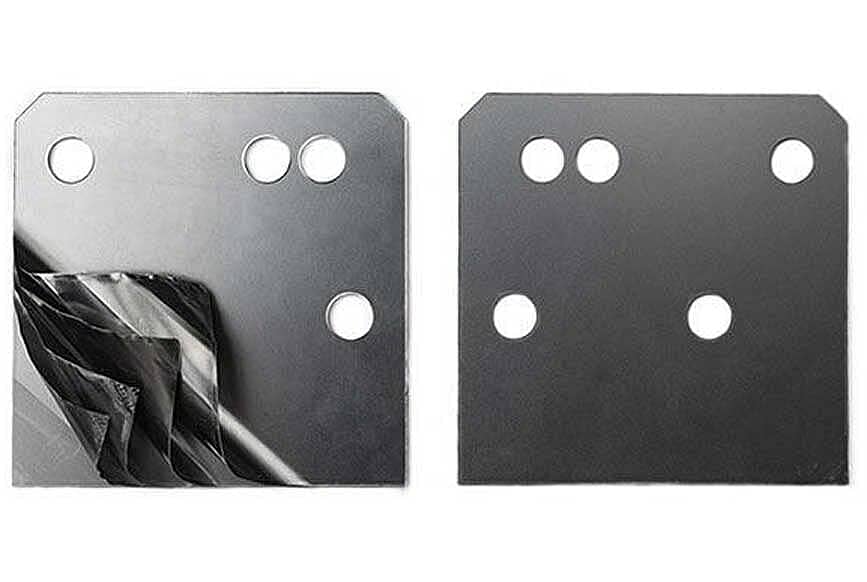
Let’s face it, some materials are just no fun. Inconel, hardened steels, ceramics. Everybody likes a material that will cut like a butter, and a typical dread is associated with stuff that doesn’t. So recently, we were presented with a material in the latter category. Milling laminated shims from stainless steel sheet stock.
So when addressed with this difficult task, I cringed a bit, and got to work. Luckily for us, DATRON’s technology is a perfect fit for machining shims. But why?
Vacuum Workholding is Ideal for Milling Laminated Shims
Your typical shim machining fixture looks something like this; A base plate, a layer of adhesive, a layer of shim stock, another layer of adhesive, then a sacrificial layer of aluminum on top to prevent delamination. Needless to say, setup takes a long time, and break down takes even longer. With our vacuum table fixturing, the setup is bit more manageable; the vacuum table, a layer of vacuflow sheet, then shim stock. Done. Probe the material and go to town.
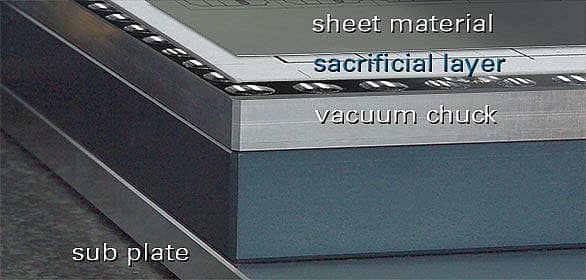
High RPM Spindles for Reduced Chip Load When Milling Laminated Shims
With a typical VMC, RPM does not get too high. Maybe 10,000 RPM. The issue with this is the cutting forces being applied. Let’s consider a 1.5mm double flute end mill, cutting a part at 10,000 RPM, at 60 inches a minute. That ends up being a 0.003” chip load. That is a problem, and it’s also the reason delamination is so prevalent in shim machining. Cutting forces are too high. Using the same tool at the same feed rate, but at 30,000 RPM, we just reduced our chip load to 0.001”, bringing the cutting force down by 2/3. This is what allows us to cut the shim stock without a sacrificial top layer, thus saving time and aggravation.
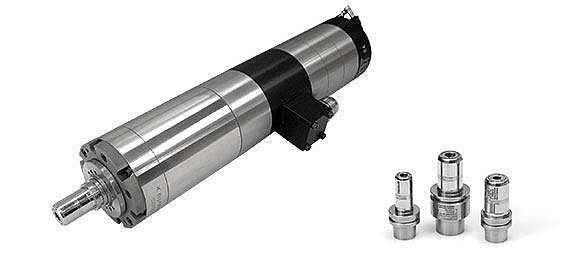
Milling Laminated Shims – Clean and Accurate
There are other methods of cutting shim stock, obviously. Some work better than others. Laser cutting can have issues with welding layers of material together. Waterjet can manage it, but the tolerances aren’t really there, requiring machining after the fact. This is where a DATRON can shine. With high speed machining, edges come out clean and burr free, and tolerances come in within 0.001” (over the work envelope). The benefits here are significant; remachining, cleaning, deburring, can be cut down tremendously, allowing you to move on to the next job.
Now that doesn’t sound so bad, does it? Next time you’re dealing with a problem child like shim stock, give us a call, we can help.




